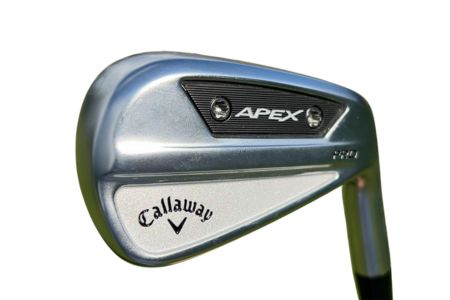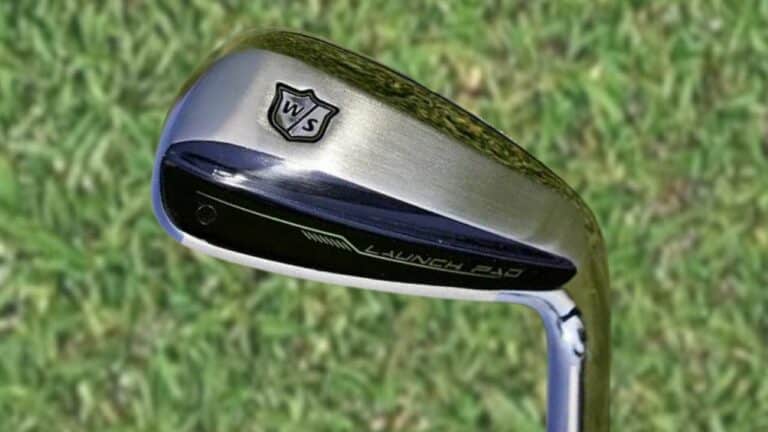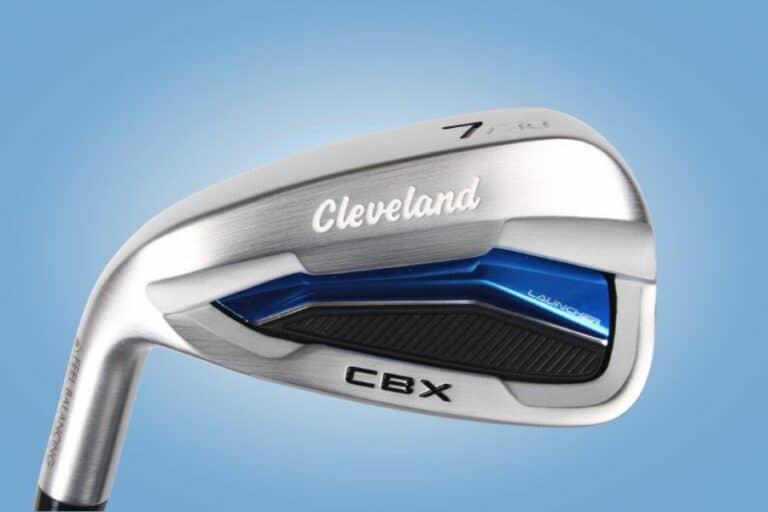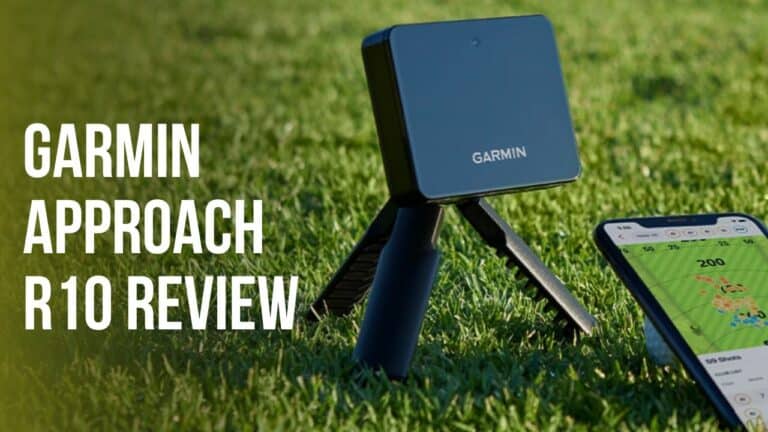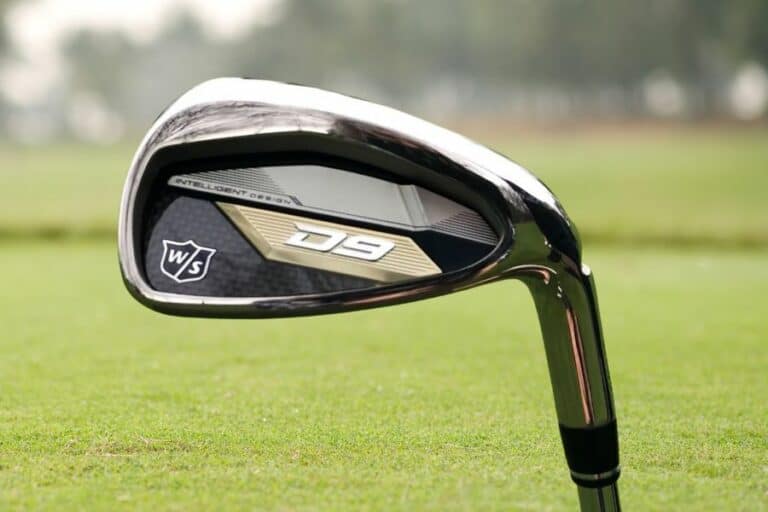Callaway Apex Pro Irons Review 2024
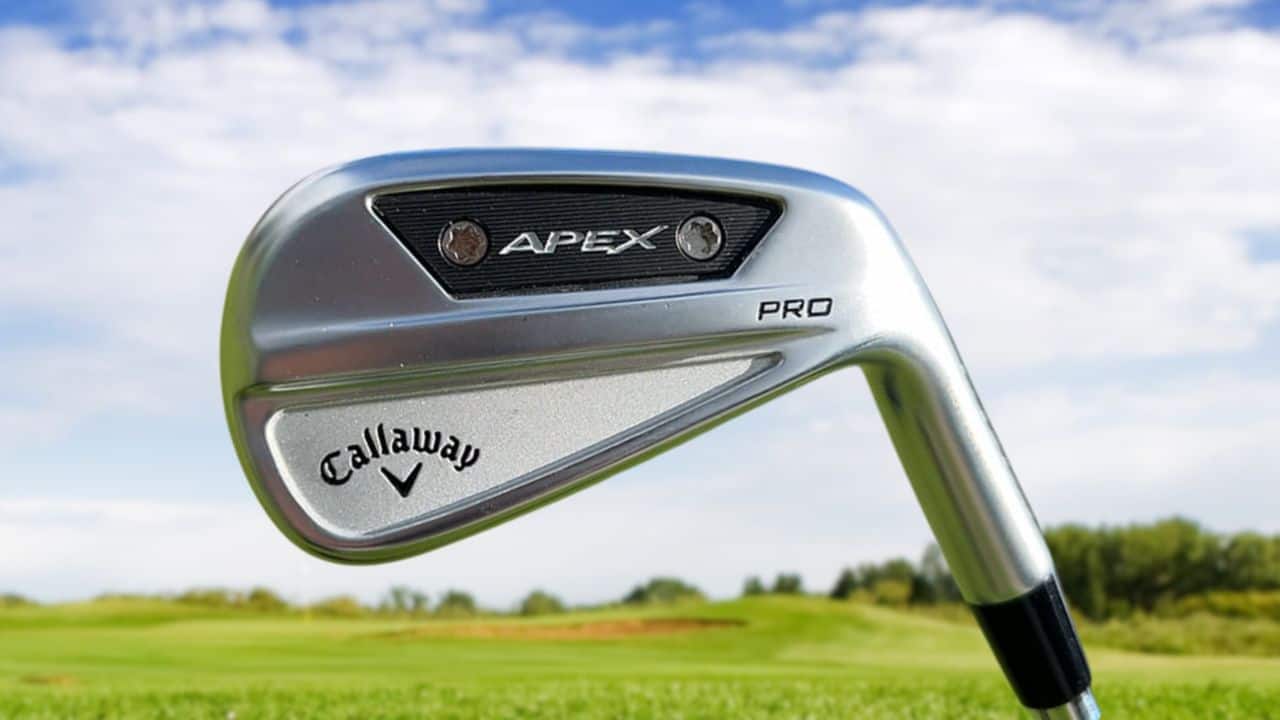
My First Impressions
The Callaway Apex Pro Irons 2024 caught my attention with their aesthetic detailing. Their clean design and the solid feel suggested a high-quality build. On the course, I looked forward to testing their combination of power and precision.
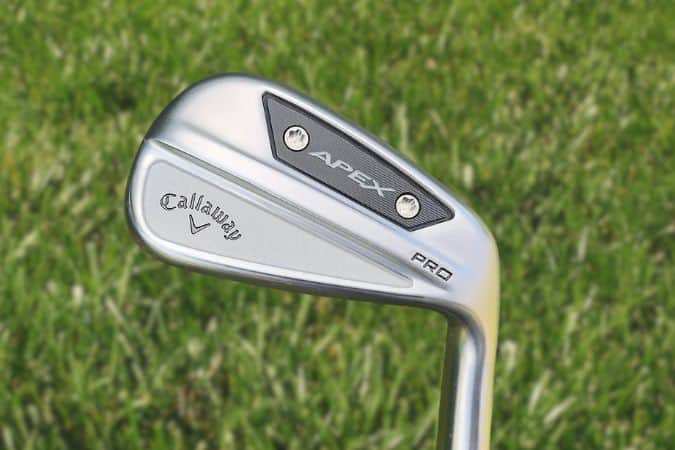
My expectations from the clubs were to get strong and responsive shots. The irons were not too heavy to impact swing speed, but substantial enough to give me a sense of control. They felt strong and seemed engineered for durability, featuring a Dynamic Sole that enhanced turf interaction and playability.
Who is it for ?
- Ideal for low handicappers
- Players who want greater control over shot shaping and trajectory.
- Golfers who demand consistent performance with professional tour standards.
My Profile
- Average Score: 78
- Handicap: 6
- Hand Orientation: Right-Handed
- Golfing Experience: 12 years
Club I Used
- Model Name: Callaway Apex Pro 24 Irons
- Club Tested: 7 Iron
- Loft Setting: 33 Degrees
- Shaft Type: True Temper Dynamic Gold MID 115 Steel
- Shaft Flex: Regular
Test Conditions and Setup
- Golf Balls Used: Titleist Pro V1
- Facility Features: Pristine fairways, challenging greens, premium range balls, varied target distances
- Weather Conditions: Ideal conditions with clear skies, light 5-10 mph winds, and 75°F temperature.
On Course Performance Review
I took the Callaway Apex Pro Irons out for an on-course test, carefully analyzing how they handle various golfing conditions and shot demands. Here’s a concise breakdown of their performance:
- Shot Range: I tried out a variety of shots with this. This includes long-distance shots from the tee, medium-distance shots for getting closer to the hole, short game techniques for precision.
Performance Off the Tee:
- Consistency: The 7 iron delivered reliable tee shots time after time.
- Distance & Trajectory: Maintained stable ball flights with satisfying distances.
- Accuracy: The control was great, boosting my confidence to target more flags.
Iron Play from the Fairway:
- Playability: The irons performed well with added response to different fairway conditions.
- Control & Workability:Approach shots proved to be a delight, offering the ability to shape shots and target the flags.
- Shot Shaping: On a dog-leg right par 4, the Apex Pro proved its ability, allowing me to curve a shot around the bend, making it easier for me to get to the green.
Rough and Recovery Shots:
- Tough Lies: The irons navigated well to challenging lies, without losing control or distance.
- Recovery Capabilities: The club offered creative shot options in tricky situations, ensuring recovery shots that didn’t compromise on accuracy or result.
My Test Stats
Having taken the Apex Pro 7 Iron to the simulator room, I was eager to analyze the performance data with Swing Caddie SC4. Here’s a numerical breakdown of my experience with these irons:
| Parameters | My Stats |
| Ball Speed | 120.6 mph |
| Launch Angle | 19.8 degrees |
| Total Spin | 6231 rpm |
| Side Angle | 1.1R |
| Carry Distance | 168.6 yds |
| Total Distance | 171.5 yds |
A launch angle of 19.8 degrees provided me with the ideal trajectory for my iron shots, not too steep nor too low. Spin was on the higher end, which granted me good stopping power on the greens.
Side angle figures drew attention to the iron’s accuracy, with a minimal 1.1 degrees to the right, which showed precision on well-struck shots.
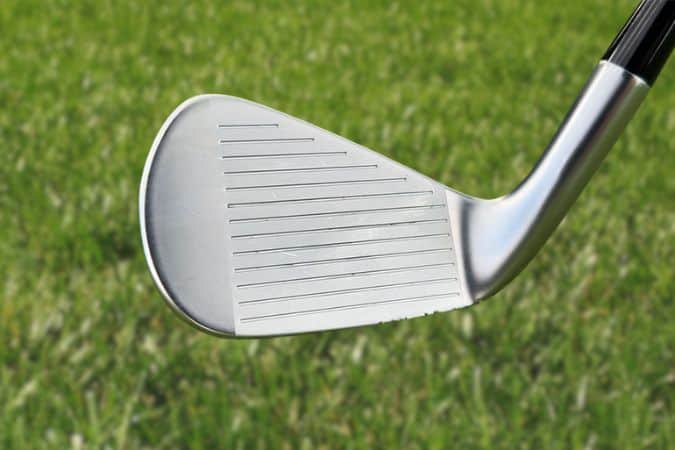
My shots with the iron usually landed around 168.6 yards away, which is what I expected from the club. The ball ended up traveling a total of 171.5 yards, proving that the club’s design and tech added some additional yardage.
What I liked about Apex Pro
- Sound and Feel: The Apex Pro 24 irons made every well-struck shot feel soft and responsive, which was exactly what I was looking for in a forged iron.
- Face Design: I liked the progressive face design that helped me achieve higher ball speeds with long irons and precision control with the shorter ones.
- Forgiveness and Distance: These player’s irons gave decent forgiveness, helping me on off-center hits without compromising much on distance.
- Control and Workability: Shot shaping felt intuitive with the Apex Pro Irons. They provided me good control that was needed for hitting precise targets.
- Consistency: I enjoyed predictable ball flights and distances throughout the round, making me confident with strategic decisions.
- Turf Interaction: The well-designed sole contributed to great-feeling clean strikes and smooth playability from various lies.
- Urethane Microspheres: Callaway’s inclusion of these microspheres successfully dampened vibration and enhanced the feel, all while maintaining the balls’ speed.
- 455 Face Cup Technology: This tech proved advantageous, especially in long irons, by maintaining good speed and spin across varying strike locations.
- Shaft Performance: The shaft’s mid-weight design helped me maintain a consistent tempo, while its performance characteristics offered a great balance of control and forgiveness that complemented the irons well.
- High Launch Angles: The Apex Pro Irons, with their optimized center of gravity, tend to produce high launch angles, which helped me get the ball airborne quickly and land softly on the greens.
- Controlled Spin: The irons offered a controlled spin profile, which was essential for playing approach shots into greens. This control helped in holding greens and managing the ball when I was playing in windy conditions.
What I didn’t like about Apex Pro
- Distance: While these irons are solid in several areas, they didn’t provide additional distance that some other brands offered.
- Standard Lofts: Its traditional loft didn’t provide the same distance as modern clubs. Modern clubs have stronger lofts, which are designed to help golfers hit the ball further.
- Pricing: The premium cost of the Apex Pro Irons could be a barrier for some, despite the value they add to the game.
- Suitability: l Golfers with higher handicaps may struggle to use these irons, as they focus heavily on accuracy and control.
During play on the course, I liked the overall optics of the clubs. They provided a sense of confidence at address and through the swing.
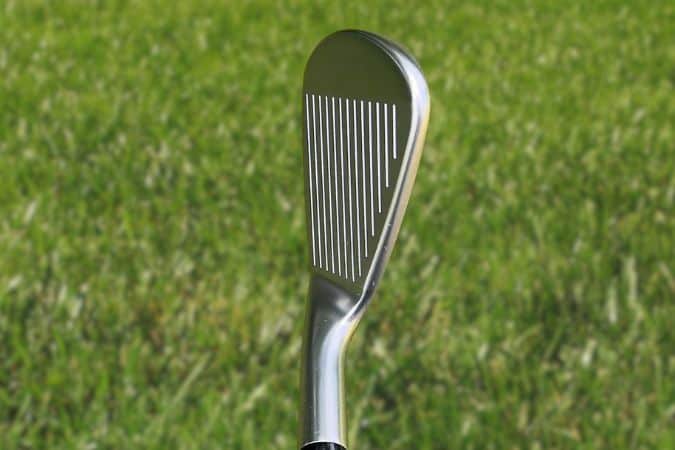
However, for golfers who are very distance-focused, the Apex Pro irons may not satisfy the need for the longest possible iron shots, despite their many other benefits. These irons focus on the quality of the strike and control rather than power.
Alternatives
Here are two great alternatives that you can consider to cater to your specific needs.
1. Callaway Apex DCB 21 Irons
With the premium aesthetic, DCB 21 irons transmit power and grace comparable to the Apex Pro. They give a visible edge on helping you correct those occasional mishits.They cater well to mid-handicap players seeking a boost in confidence with every shot.
2. Taylormade Sim Max 2 Irons
The Taylormade Sim Max 2 irons offer a composition that’s been thoughtfully crafted to aid golfers in getting the ball airborne with ease and achieving an optimum distance. For a high-handicapper who wants an alternative to the Apex Pro that offers user-friendly playability, the TaylorMade SIM Max 2 irons is a great choice.
My Take
The Apex Pro Irons club is catered to players with a lower handicap, as it requires precision and consistency in your swing. The quality of the forged design is evident in the distance control and feedback upon impact. However, the level of forgiveness might not be sufficient for the average golfer.


